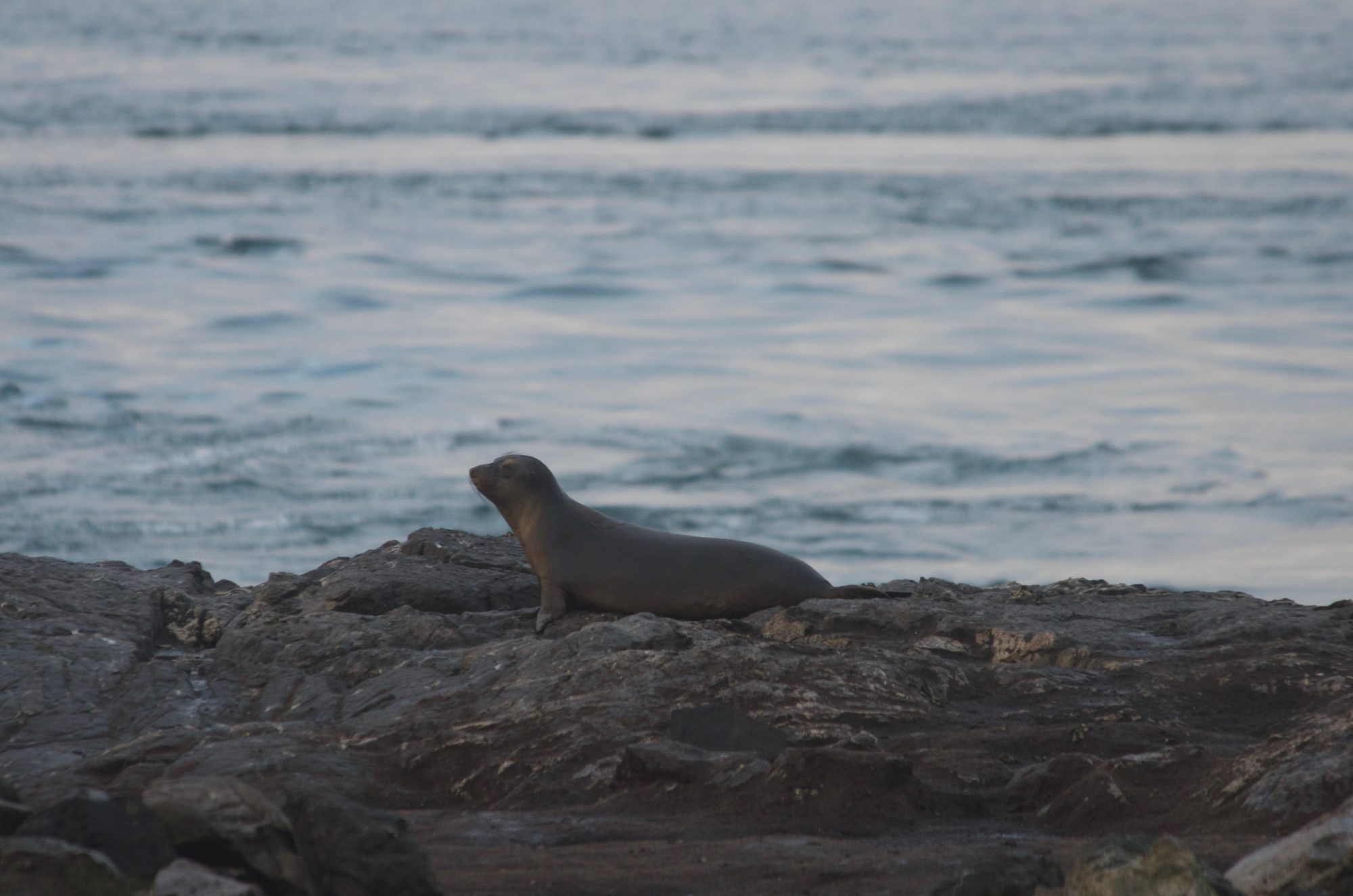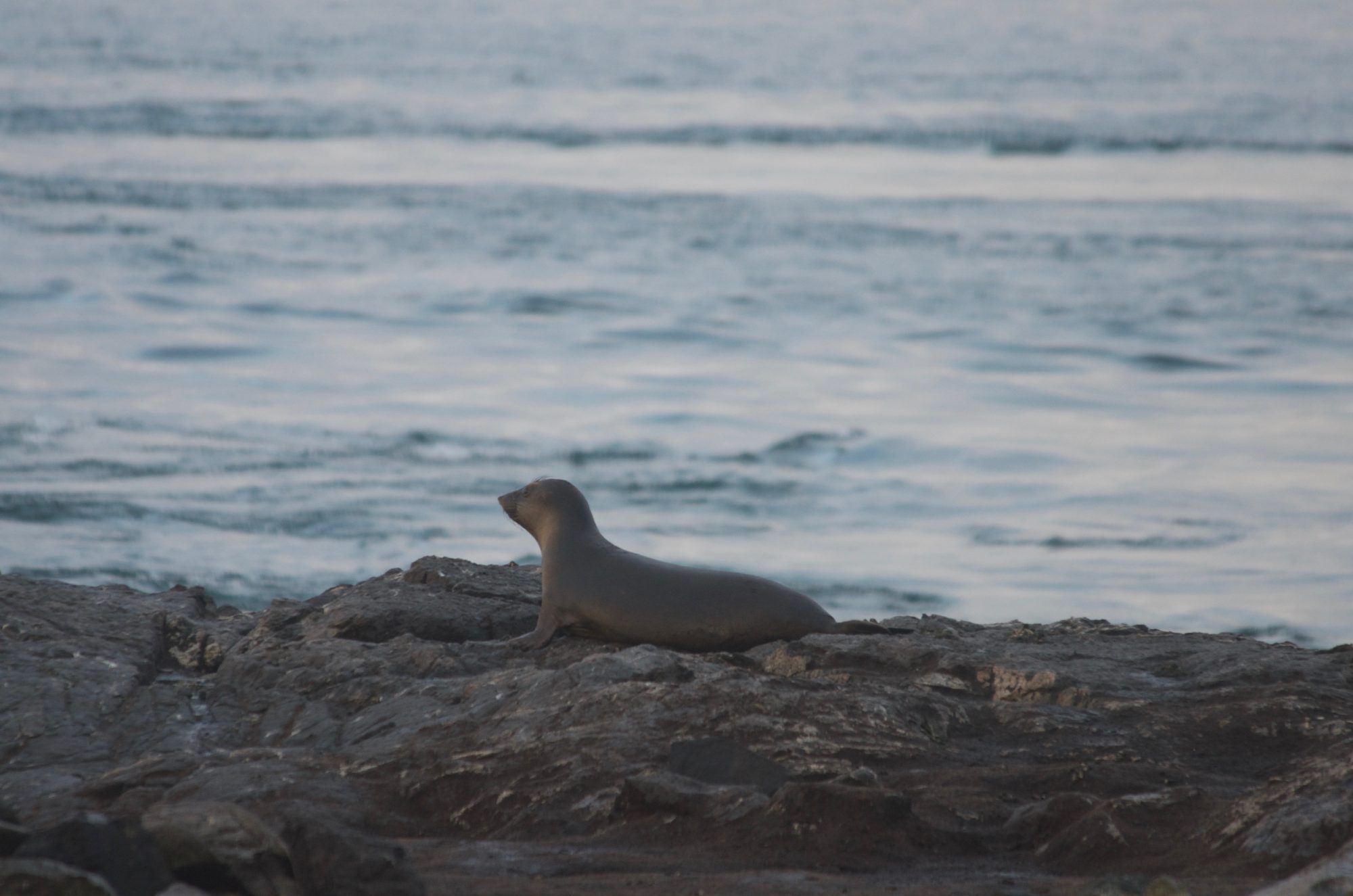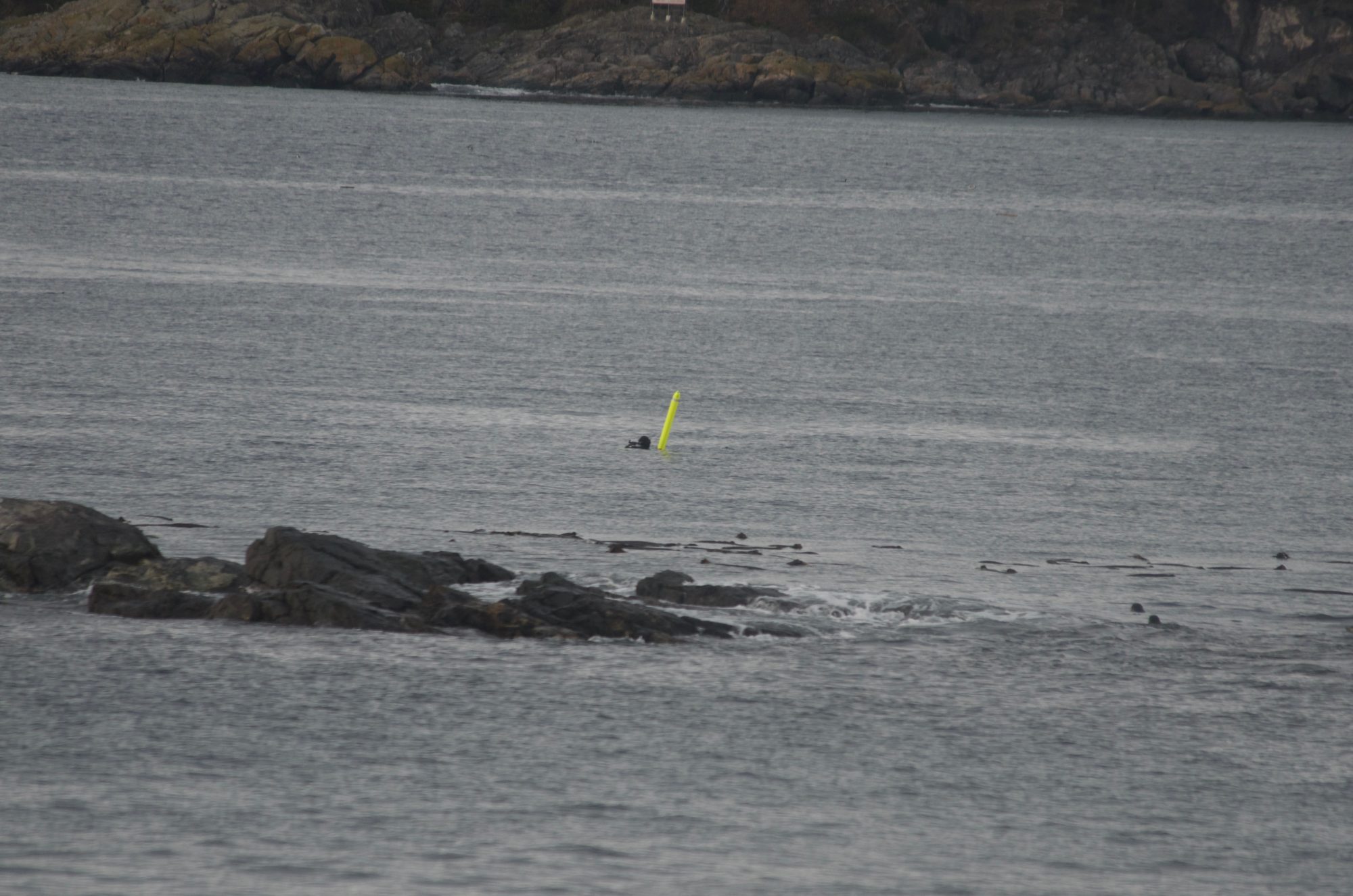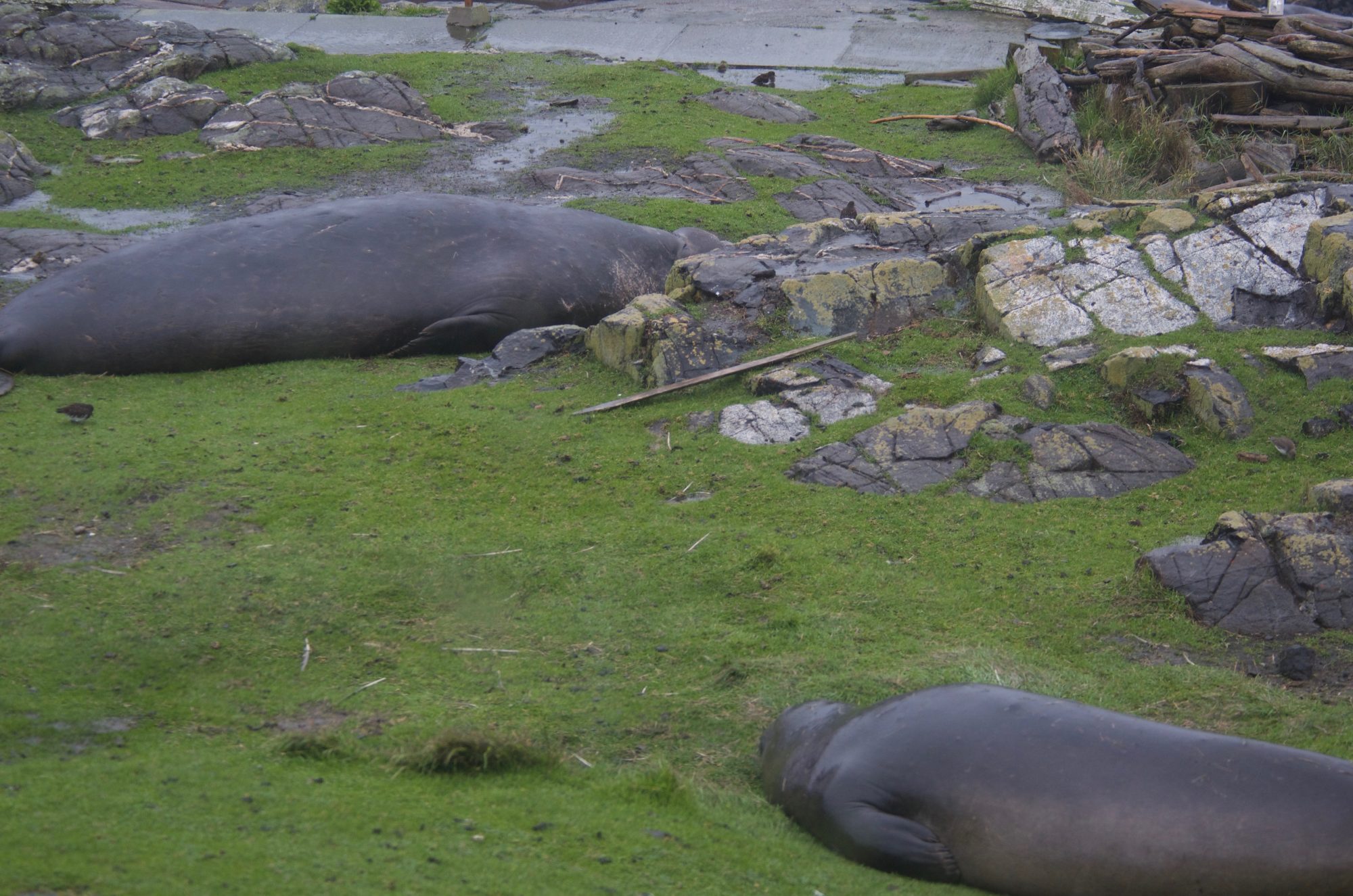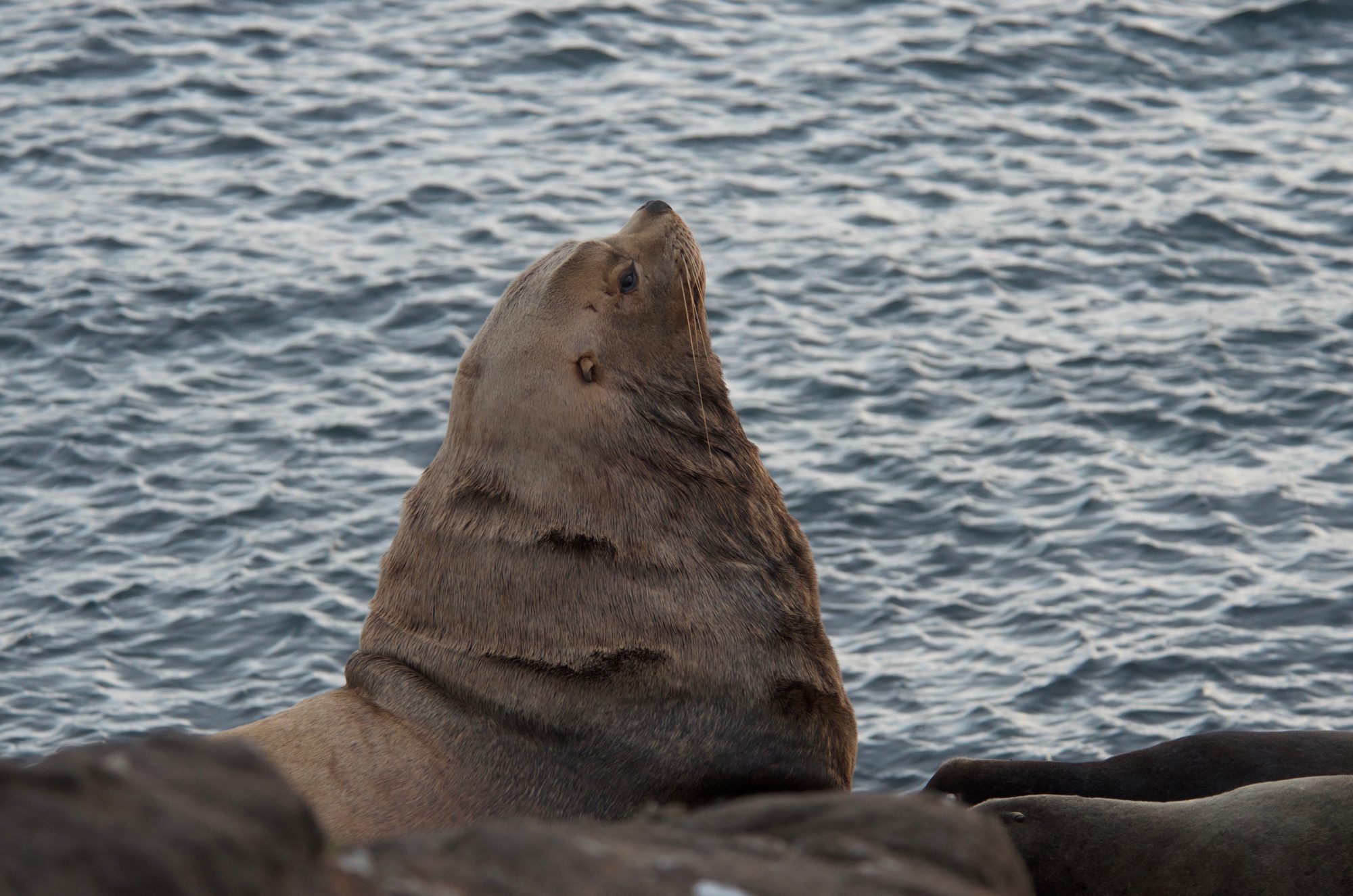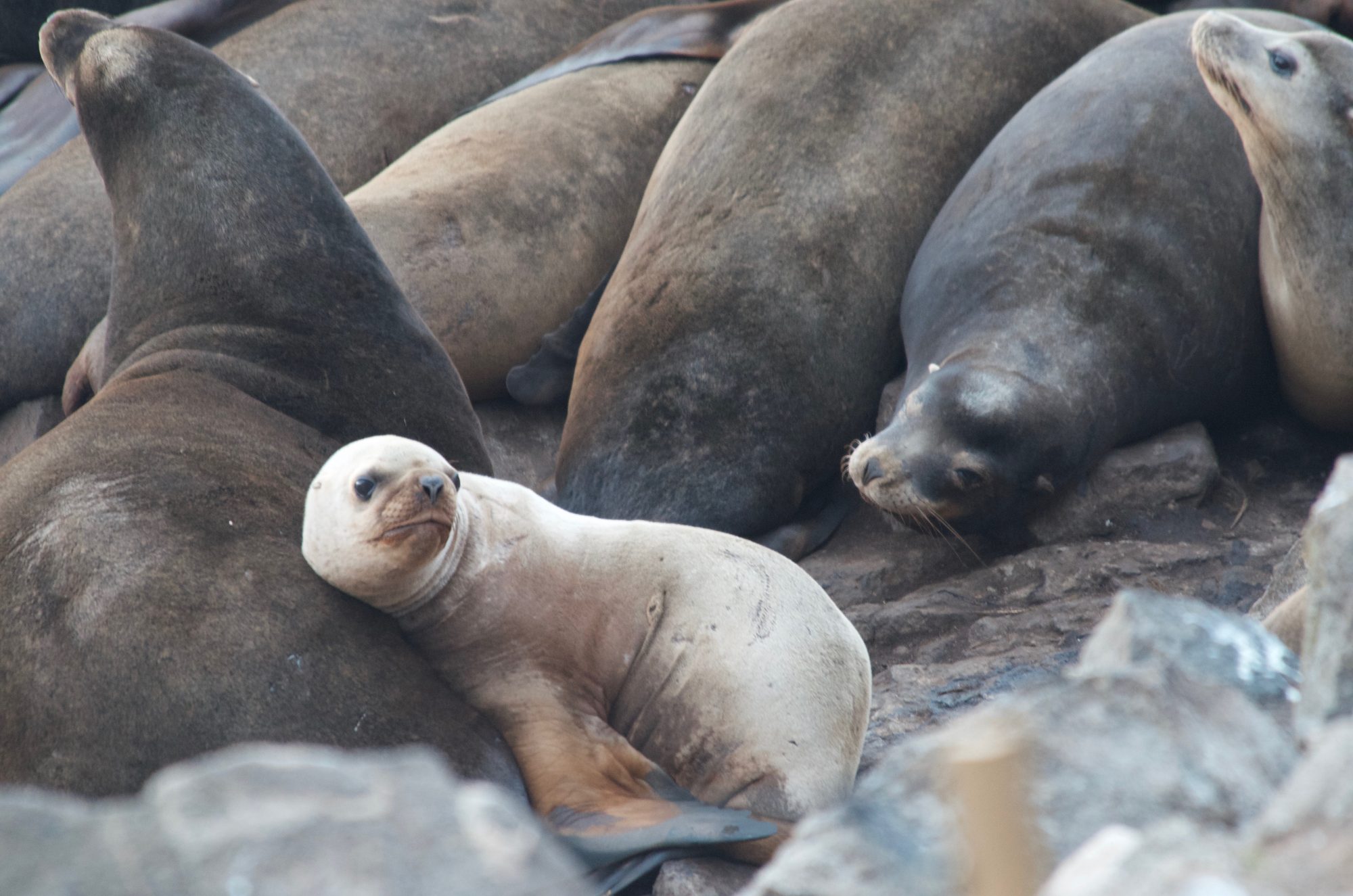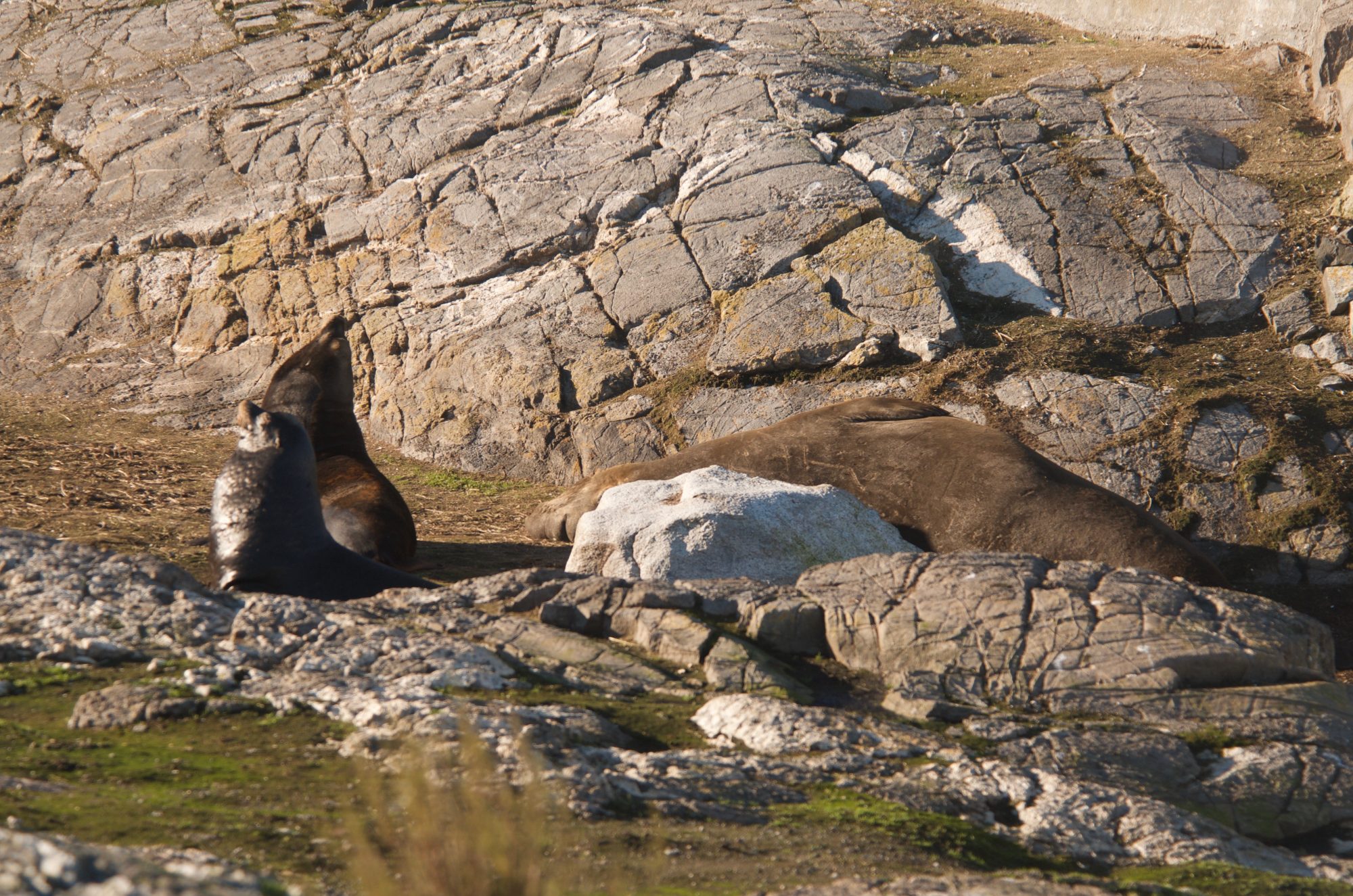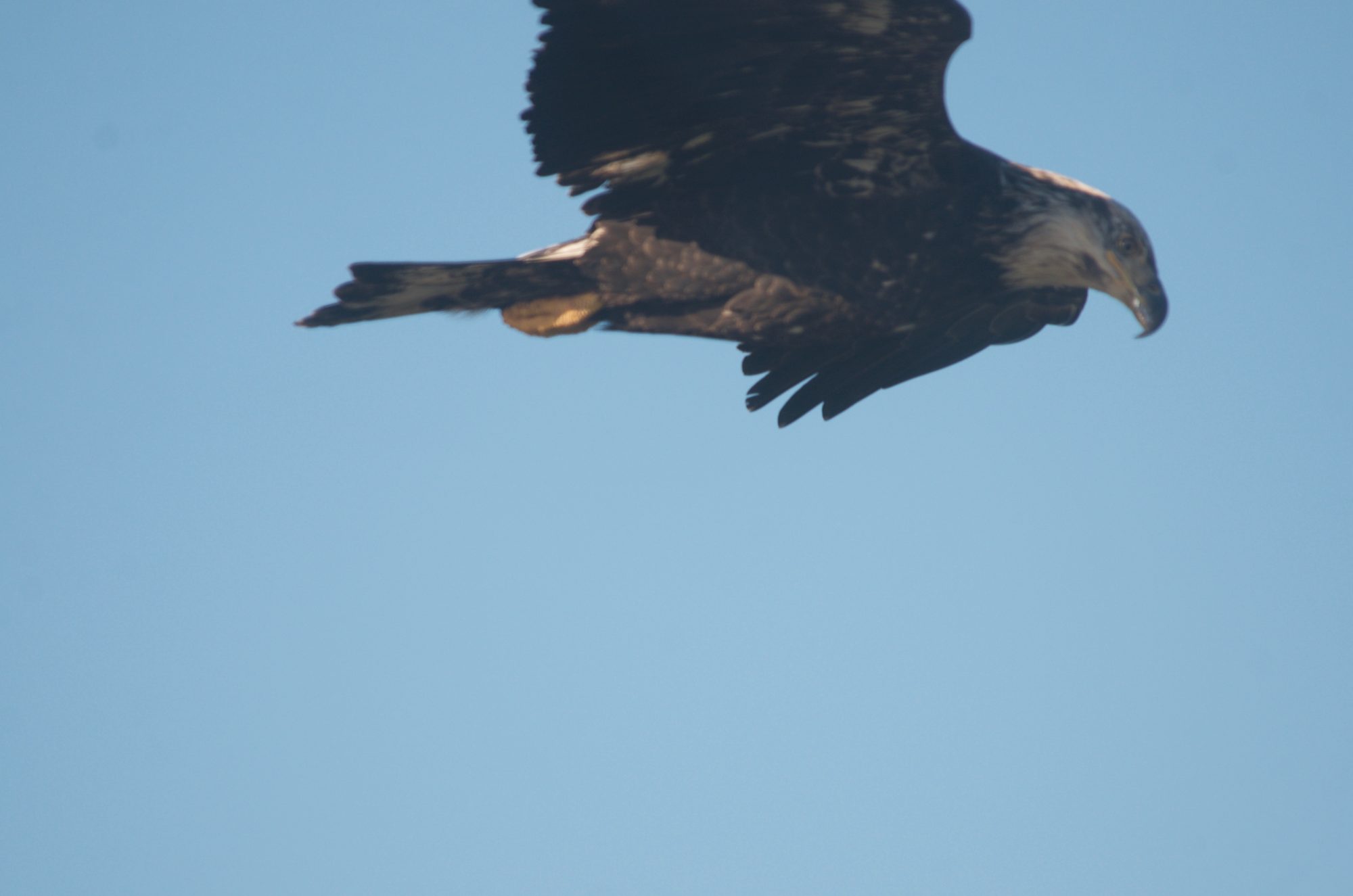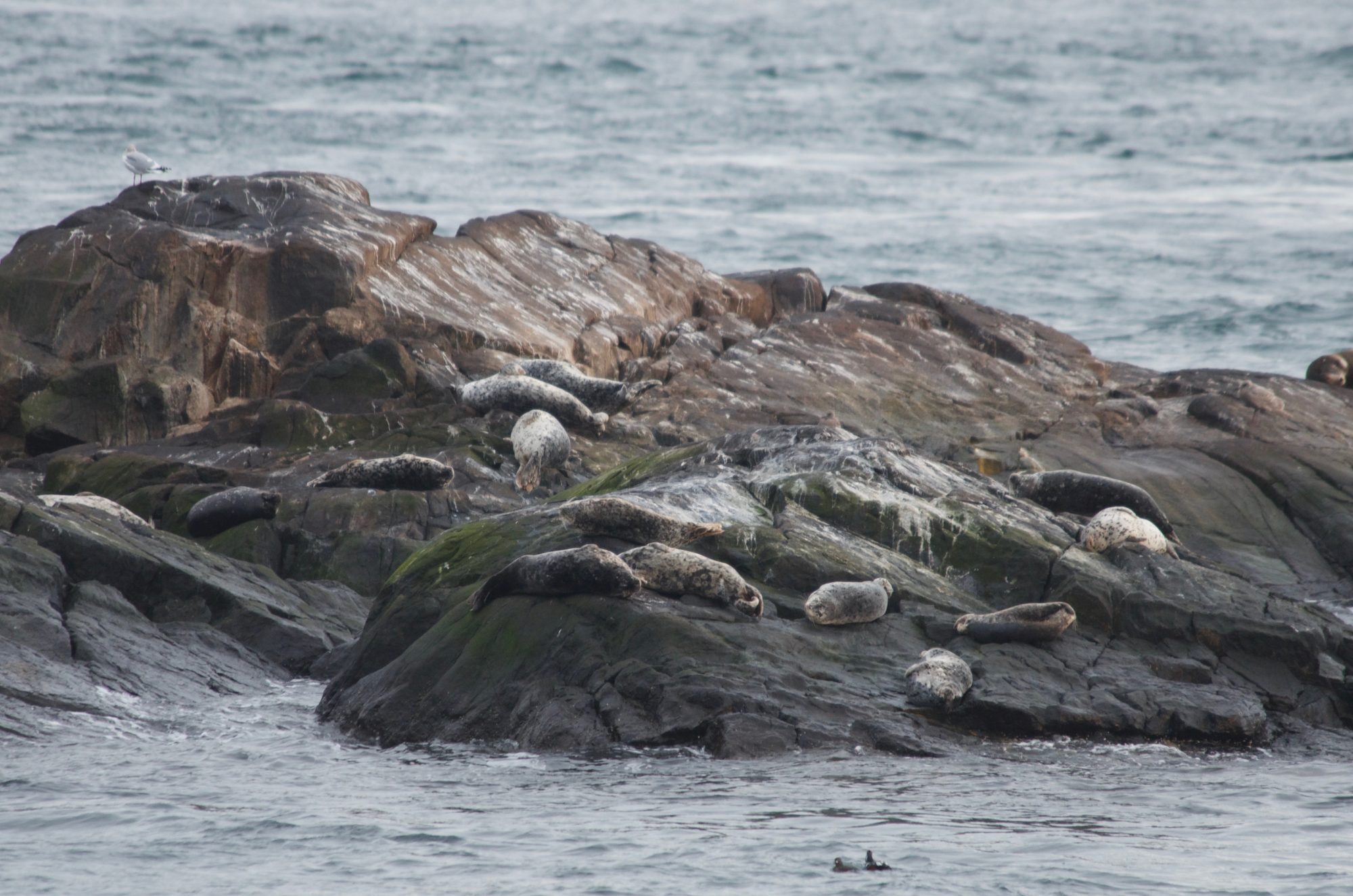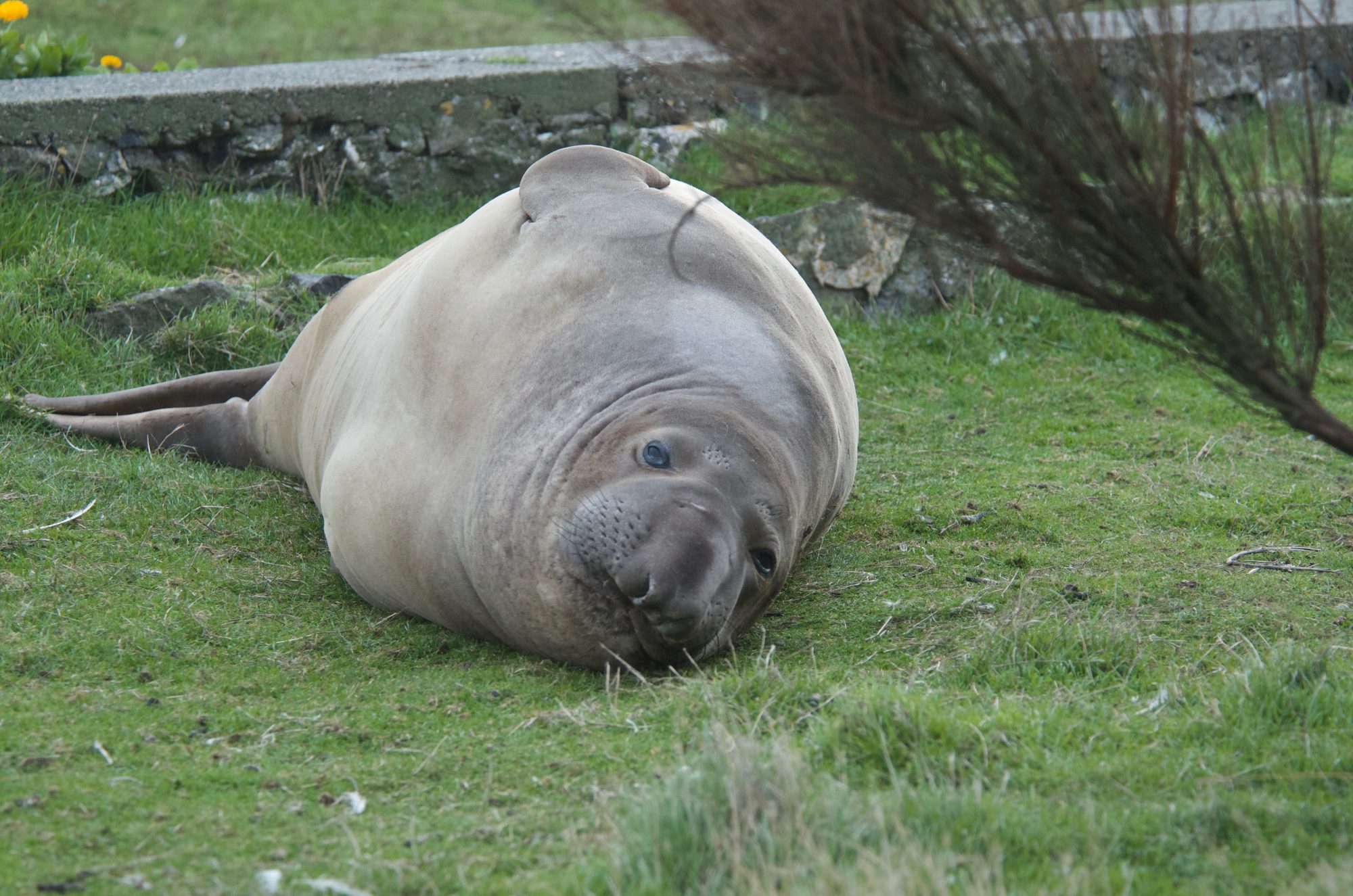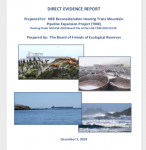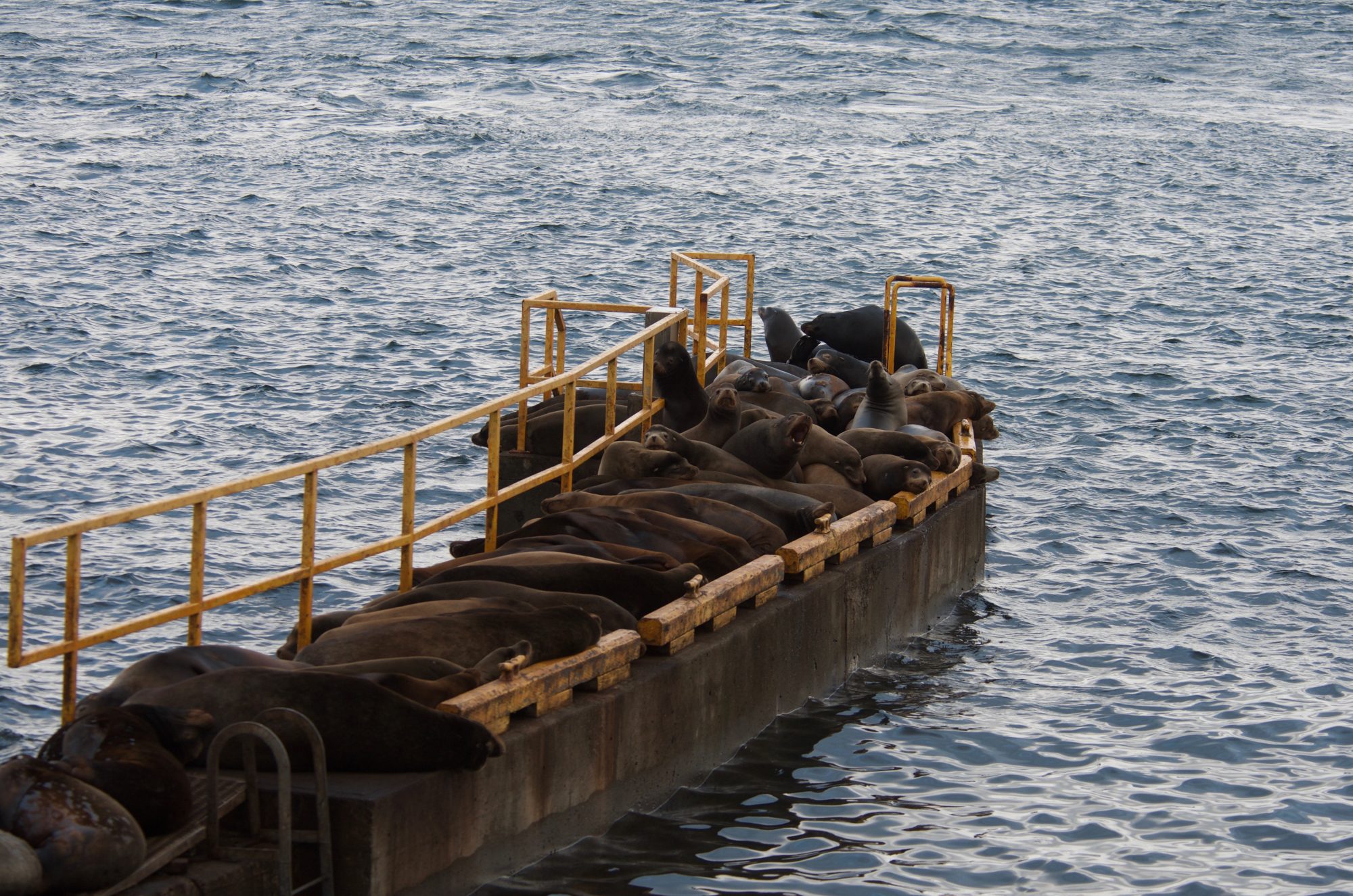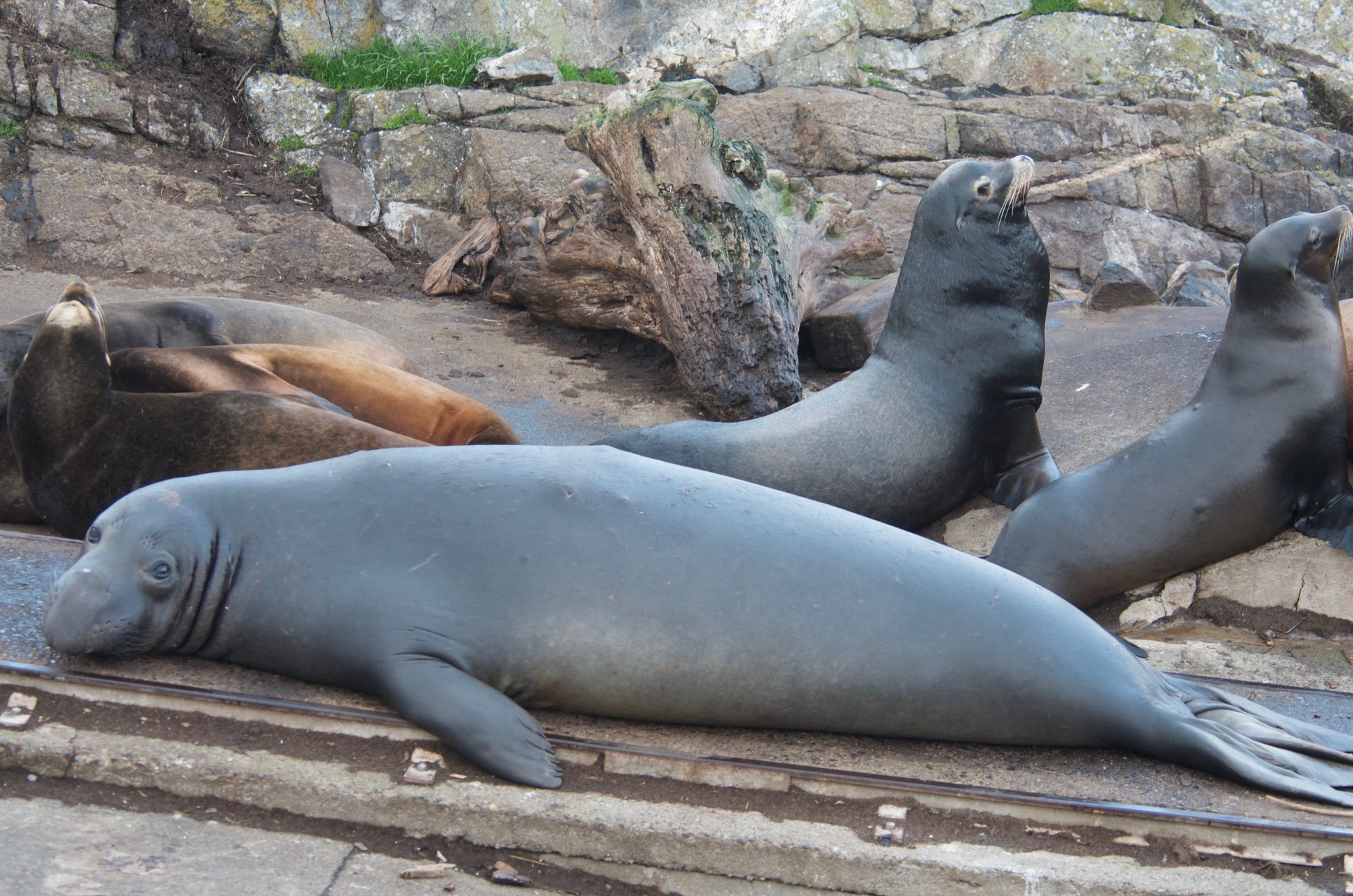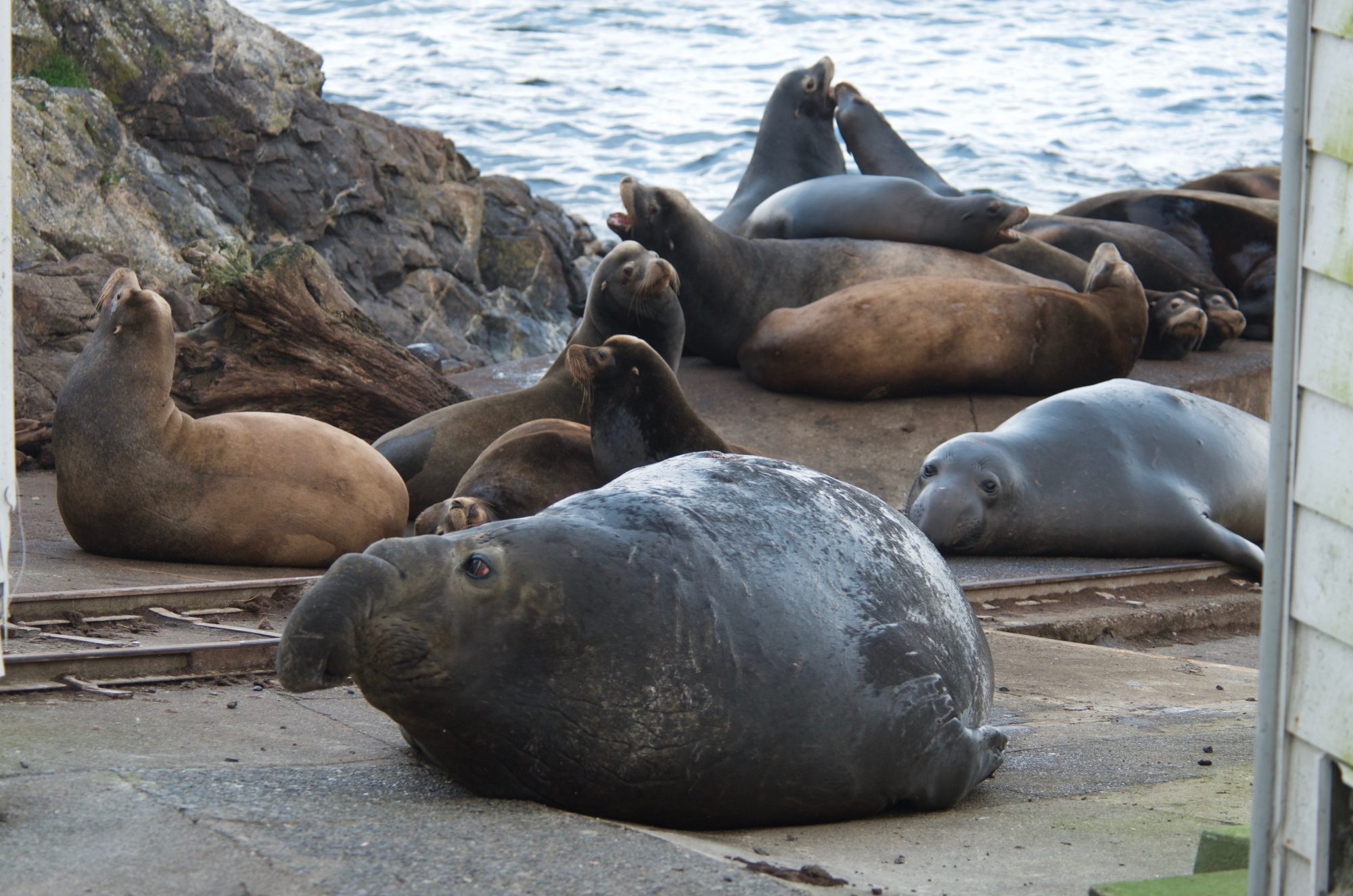Friends of Ecological Reserves Contents Direct Evidence Report
We do not support the current model for marine research as it has largely placed a financial burden on the Federal Agencies/Universities and the Canadian public. With changes in governments and budgeting cycles, it is, over the long term, an unstable unpredictable funding model. TMX does support research now but it is discretionary. TMX selects the topic, scope, budget duration of research, vets the findings and decides whether the findings are proprietary. Our concept for long term research and monitoring is to help understand how to make incremental improvements in practices.
We seek from NEB, support for TMX permit conditions to create a formal and multi-stake holder collaboration (a forum) on long term research and monitoring of marine ecosystems along the lines of the Habitat Conservation Trust Foundation (HCTF).3 A Marine Conservation Trust Foundation (MCTF) would have an oversight board with members from Federal, Provincial, State, First Nation governments, TMX, and the Non-governmental Organizations (NGO) communities. This forum would have no single agency control the research and monitoring agenda and there would be no discretion on disclosure or vetting of findings. We hope for a future where research priorities are mutually agreed on between stakeholders, and participation in marine projects are proposal driven and awarded against strategic priorities. We provided an organization chart for such a research and monitoring forum in our original Evidence Report filed on May 28, 2015 page 90.
Western Canadian Oil Producers expect an increase in netbacks of approximately $73.5 billion over the first 20 years of the Project’s operations as was stated in their evidence. A Marine Conservation Trust Foundation of $500 million Endowment as a permit condition is an insurance policy taken out on behalf of the public for research and monitoring. A $500 million Endowment is 6/100th of 1% of the netbacks that the Western Oil Producers identified that they stand to gain over the first 20 years of the project. This would produce a program with a similar budget scope to HCTF and similar in size to what Alaskans spent post-spill annually, 25 years after the Exxon Valdez oil spill. (March 24, 1989).4
Permit Conditions for Mitigation Measures
We commend Federal Court of Appeal for its decision to quash the TMX permit so that the marine concerns can be more fully addressed. Canadians now own the TMX project and current practices of all Federal Agencies are in scope and under review, as well as new evidence from TMX and intervenors.
The NEB’s first and second information requests of Federal Agencies and TMX, compelled greater disclosure, greater transparency on government policy to a degree not possible without this reconsideration hearing. Significant new evidence has been filed on species at risk and shipping impacts in general, and an array of mitigation options have been provided.
We reviewed the evidence and conclude that TMX can today mitigate some of its environmental impact through a change in its current shipping practices. The new evidence on noise in the marine environment by Aframax tankers and the escort tugs is now better understood and TMX can choose to include ship contract clauses that TMX vessels do not exceed 7 knots when in SRKW critical habitat. This reduced speed mitigates acoustic noise, Green House Gas (GHG) emissions and lowers
3 https://hctf.ca/ Funded by a surcharge on hunting and fishing licenses. Allocates funding to fish and wildlife project province wide. HCTF manages of 10 million/year program.
4 http://www.evostc.state.ak.us/ Exxon Valdez Oil Spill Trust Council

